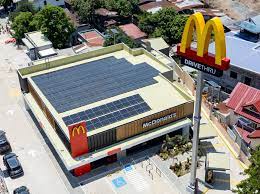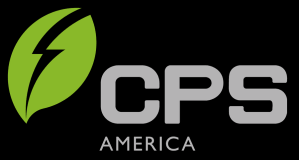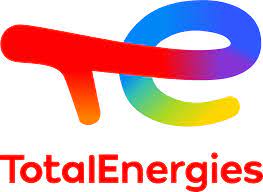Senate Bill 49: How Parking Lots and Highways Can Save Energy
-
Sasan Farah
-
• 2023-04-02
Senate Bill 49: How Parking Lots and Highways Can Save Energy
With climate change becoming an imminent threat, there has been a massive push towards sustainable energy resources. California has been at the forefront of this movement and has announced its goal of becoming carbon neutral by 2045. To achieve this, the state has proposed Senate Bill 49, which could potentially revolutionize the use of solar energy. This bill aims to incentivize and expedite the installation of solar panels on parking lots and highways across California. In this blog, we will take a deep dive into SB 49, examine its benefits, and highlight why parking lots and highways make sense for solar canopies.
Parking lots and highways are often overlooked when it comes to solar energy, but they offer excellent potential as ideal solar canopy locations. Firstly, solar canopies on parking lots and highways are an efficient use of land. Otherwise, they would be unused or underutilized spaces. Secondly, these locations are close to where the energy is needed, reducing the need for large-scale transmission of electricity. This reduces the strain on the grid, provides reliable power, and helps overcome the shortcomings of intermittent solar power.
In addition to being efficient and convenient locations, parking lots and highways can also create more family-supporting jobs. The installation and maintenance of solar canopies will give rise to various contracting jobs, maintenance jobs, and other related opportunities that will provide employment and stimulate local economies. This can lead to a more reliable workforce and bodes well for the economic future of California.
The installation of solar canopies on parking lots and highways also presents a cost-saving and revenue generation opportunity for public institutions, businesses, and commercial property owners. In California, energy prices are notoriously high, and the installation of solar canopies will undoubtedly lower energy bills, thereby saving costs in energy consumption. Moreover, the generation of excess energy can be sold back to the grid, generating revenue for property owners. This model creates a potential stream of funding in the long run, which can be reinvested in the community.
64 community groups consisting of environmental, consumer, and other community-based organizations are backing SB 49. These groups argue that the bill is essential in the fight against climate change and provides an opportunity to increase access to renewable energy. The groups have provided extensive feedback, insights, and guidance throughout the legislative process, which has helped mold the bill into its current form. The support of these community groups is a pivotal factor in the passing of the bill and shows the importance of collective efforts and collaboration towards sustainable environmental practices.
Conclusion:
In conclusion, Senate Bill 49 presents California with an opportunity to revolutionize the use of solar energy through the installation of solar canopies on parking lots and highways. The bill offers multiple benefits such as an efficient use of land, job creation, cost savings, and revenue generation. The support of 64 community-based organizations is a testament to the critical role the bill plays in advancing California's sustainable energy goals. The installation of solar canopies is crucial for future energy security and will promote environmental sustainability practices at the forefront of the state. This bill can serve as a blueprint for other states to follow, promoting the implementation of alternative energy solutions and reducing reliance on fossil fuels.
What to Read Next
-
The Pros and Cons of Solar Energy in San Diego 2024-01-22
-
How to save money with solar energy in San Diego? 2024-01-17
-

McDonald's Goes Solar: The Prairie Ronde Solar Project 2022-02-23
-

The Benefits of Rooftop Solar and How to Make the Most of Your Installation 2023-04-03
-

Taking Advantage of New Mexico's Solar Market Development Tax Credit Program 2023-04-03
-

Senate Bill 49: How Parking Lots and Highways Can Save Energy 2023-04-02
-

The Power of The Sun: Why Solar Energy is Booming 2023-04-02
-

LG Energy Solution Investing in Future with New Manufacturing Facilities 2023-04-02
-

Hanwha Group's Major Investment in Solar Panels 2023-04-02
-

Holcim and TotalEnergies ™ Solar + Storage Project: A Step Towards a Greener Future 2023-03-23
Copyright © Best Solar Choice 2023

